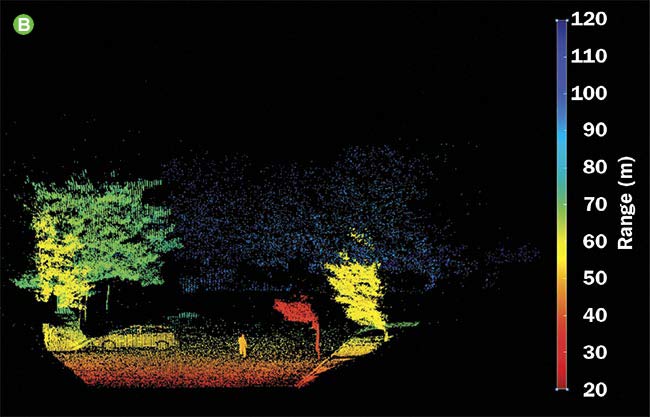4D imaging takes advantage of unused photons, further maximizing each pulse that leaves a laser.
HANK HOGAN, CONTRIBUTING EDITOR
 3D imaging has taken off, with applications in cellphones, cars, robots, and more. Now, companies and researchers are looking to what’s next: 4D.
While 3D imaging captures information about width, height, and depth (x, y, and z), 4D imaging adds another dimension and incorporates time, velocity, or light-matter interactions.
Going 4D makes economic sense; the pulses that leave a laser system are expensive. With each laser pulse, many photons are sent out, but only a fraction return to be detected. But more return than are needed for 3D imaging. These extra photons could provide additional information.
3D imaging has taken off, with applications in cellphones, cars, robots, and more. Now, companies and researchers are looking to what’s next: 4D.
While 3D imaging captures information about width, height, and depth (x, y, and z), 4D imaging adds another dimension and incorporates time, velocity, or light-matter interactions.
Going 4D makes economic sense; the pulses that leave a laser system are expensive. With each laser pulse, many photons are sent out, but only a fraction return to be detected. But more return than are needed for 3D imaging. These extra photons could provide additional information.
Member Exclusive: To read the complete article, please Login or Register